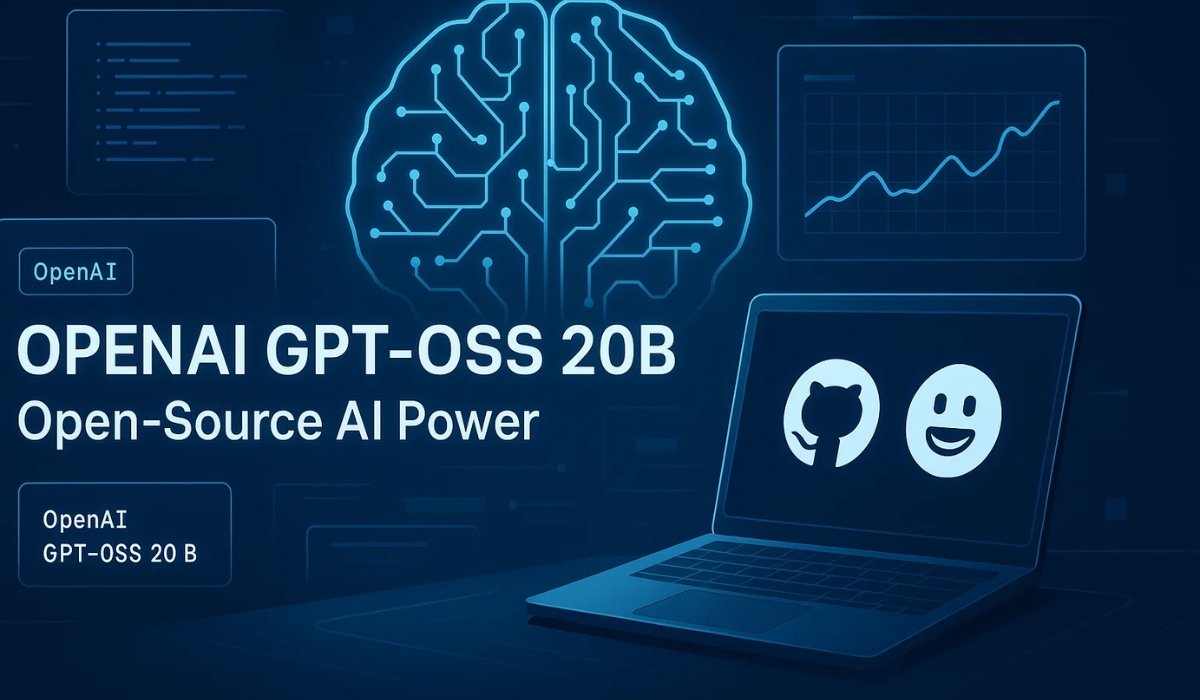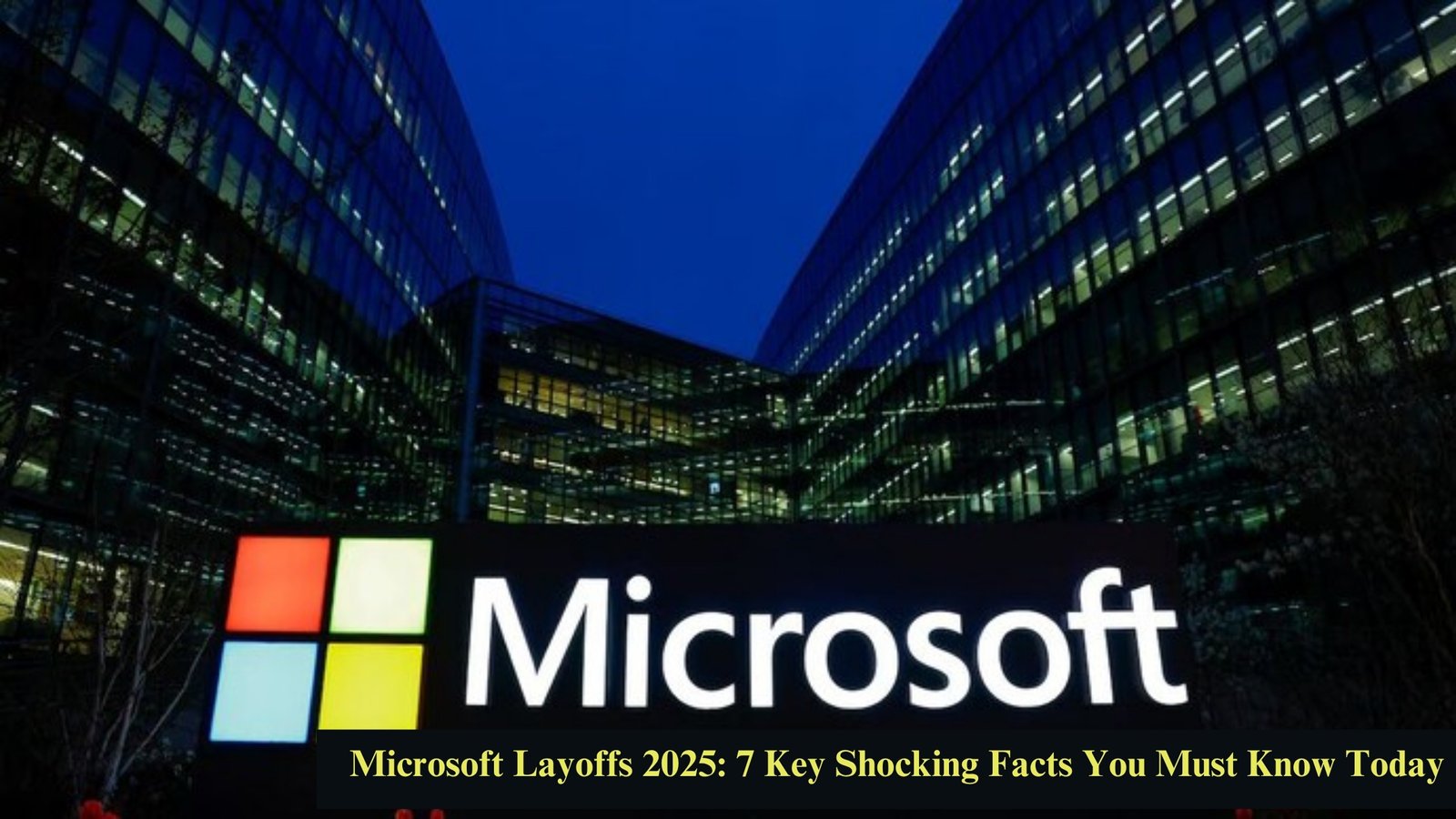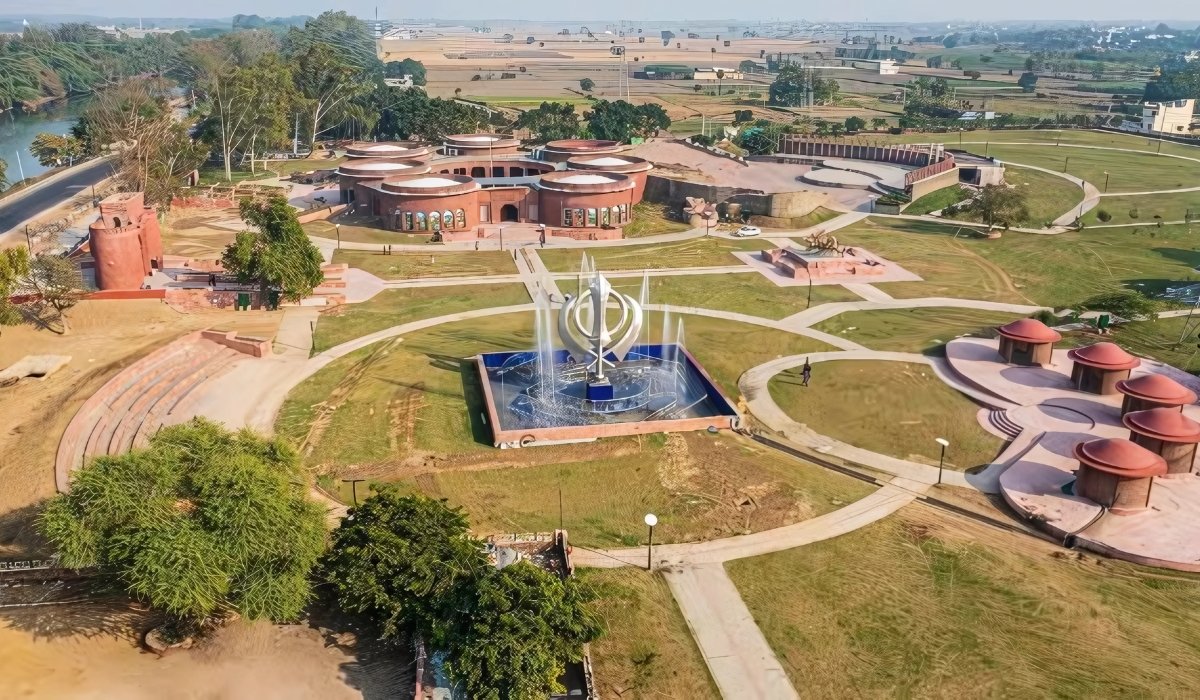Open-source large language models (LLMs) have changed the AI landscape—but how does OpenAI GPT-OSS 20B stack up against the rest?
If you’re a developer, researcher, or startup founder looking to leverage cutting-edge AI without breaking the bank, the arrival of OpenAI GPT-OSS 20B is a turning point. Released as part of OpenAI’s commitment to accessible AI, this model is already being hailed as a game-changer. But is it really better than LLaMA, Mistral, Falcon, or other top contenders?

In this guide, we break down how OpenAI GPT-OSS 20B compares to other open-source LLMs across performance, efficiency, use cases, and community support—so you can choose the right model for your needs.
What Is OpenAI GPT-OSS 20B?
OpenAI GPT-OSS 20B is an open-source large language model developed by OpenAI, designed to democratize access to high-performing AI. It offers a balanced mix of capability, scalability, and license flexibility—perfect for both academic research and commercial products.
Key Highlights:
- Model Size: 20 billion parameters
- Architecture: Transformer-based, decoder-only
- Training Data: Multilingual, diverse internet-scale corpus
- License: Open source (e.g., Apache 2.0 or similar)
“What sets GPT-OSS 20B apart is not just its performance but its usability—it’s surprisingly easy to fine-tune and deploy.”
— Ananya M., AI Researcher, IIT Delhi
OpenAI GPT-OSS 20B vs Other Leading Open-Source LLMs
Here’s how GPT-OSS 20B stacks up against major models like Meta’s LLaMA 3, Mistral, Falcon, and others.
Comparison Table
| Model | Params | License | Fine-tuning Friendly | Commercial Use | Performance (MT-Bench) | Notable For |
|---|---|---|---|---|---|---|
| GPT-OSS 20B | 20B | Apache 2.0 | Yes | Yes | High | OpenAI’s first OSS LLM |
| LLaMA 3 8B/70B | 8B/70B | Custom (non-commercial) | Moderate | No | Excellent | Meta’s top-tier LLM |
| Mistral 7B/Instruct | 7B | Apache 2.0 | Yes | Yes | Moderate | Compact, high utility |
| Falcon 180B | 180B | Apache 2.0 | Complex | Yes | High | Scale, multilingual |
| Gemma 7B/2B | 7B/2B | Open | Yes | Yes | Good | Lightweight & efficient |
Performance and Efficiency
- GPT-OSS 20B is optimized for inference on both high-end and mid-range GPUs.
- Compared to LLaMA 3 (70B), it’s smaller but more accessible for individual developers.
- Mistral 7B is strong in efficiency but slightly behind in broader task performance.
Fine-Tuning and Customization
- GPT-OSS 20B supports fine-tuning using standard Hugging Face tools.
- LLaMA 3 requires additional steps and has licensing constraints.
- Mistral and Gemma are lightweight and ideal for LoRA or QLoRA-based fine-tuning.
Real-World Use Cases
- Chatbots: GPT-OSS and Mistral are top options for low-latency response generation.
- Content Creation: LLaMA 3 and GPT-OSS excel in producing coherent, human-like text.
- Code Writing: Falcon and GPT-OSS both demonstrate strong coding task capabilities.
Pros and Cons of GPT-OSS 20B
Pros
- Fully open source and commercial-friendly
- Competitive performance across key tasks
- Scalable on affordable GPU clusters
- Backed by OpenAI’s ecosystem and tooling
Cons
- Smaller than top proprietary models like GPT-4
- Community ecosystem is still developing
- May lack some reinforcement learning fine-tuning tools
What Developers Are Saying
“We shifted from LLaMA 2 to GPT-OSS 20B for a client chatbot. It was faster to fine-tune and worked just as well.”
— Rajat S., Full Stack Developer
“GPT-OSS 20B hits a sweet spot between performance and accessibility—no license headaches.”
— Priya K., AI Consultant
FAQs (People Also Ask)
What is OpenAI GPT-OSS 20B?
OpenAI GPT-OSS 20B is an open-source large language model with 20 billion parameters, offering commercial flexibility and high performance.
Can I use GPT-OSS 20B commercially?
Yes, the model is expected to be licensed under Apache 2.0 or similar, allowing commercial use.
How does GPT-OSS 20B compare to LLaMA 3?
GPT-OSS is easier to fine-tune and commercially usable, while LLaMA 3 has higher benchmarks but restrictive licensing.
Is GPT-OSS 20B available on Hugging Face?
Yes, it is expected to be hosted on Hugging Face with full support for inference and fine-tuning.
What are the main use cases for GPT-OSS 20B?
It’s ideal for chatbots, content generation, code completion, summarization, and research applications.
Related Insights
- How to Fine-Tune GPT-OSS 20B for Chatbot Development
- Top Tools to Deploy Open-Source LLMs at Scale
- GPT-OSS 20B vs LLaMA 3: Which Is Better for Research?
- Using GPT-OSS 20B for Code Generation Projects
- Scaling GPT-OSS 20B on Budget GPUs
- Best Applications for GPT-OSS 20B in 2025
Conclusion
OpenAI GPT-OSS 20B is more than just a new model—it’s a practical, powerful, and accessible option for those who want the benefits of large-scale AI without the limitations of proprietary licensing. It stands out not just because of OpenAI’s name, but because of its balance of performance and usability.
To stay ahead in the rapidly changing world of AI, keep exploring smarter tools and frameworks. Start with GPT-OSS 20B—and build the future on your terms.
For more expert guides, insights, and AI comparisons, explore Chandigarh UT
About the Author
Jaspreet Kaur is a Researcher and Editor at Chandigarh UT with over 8 years of experience in content development. She specializes in delivering well-researched, credible, and insightful articles across categories like Business & Economy, Education & Careers, Health & Wellness, Lifestyle & Culture, and Tourism & Travel. Her work aims to inform and engage a wide spectrum of readers with clarity and depth.














